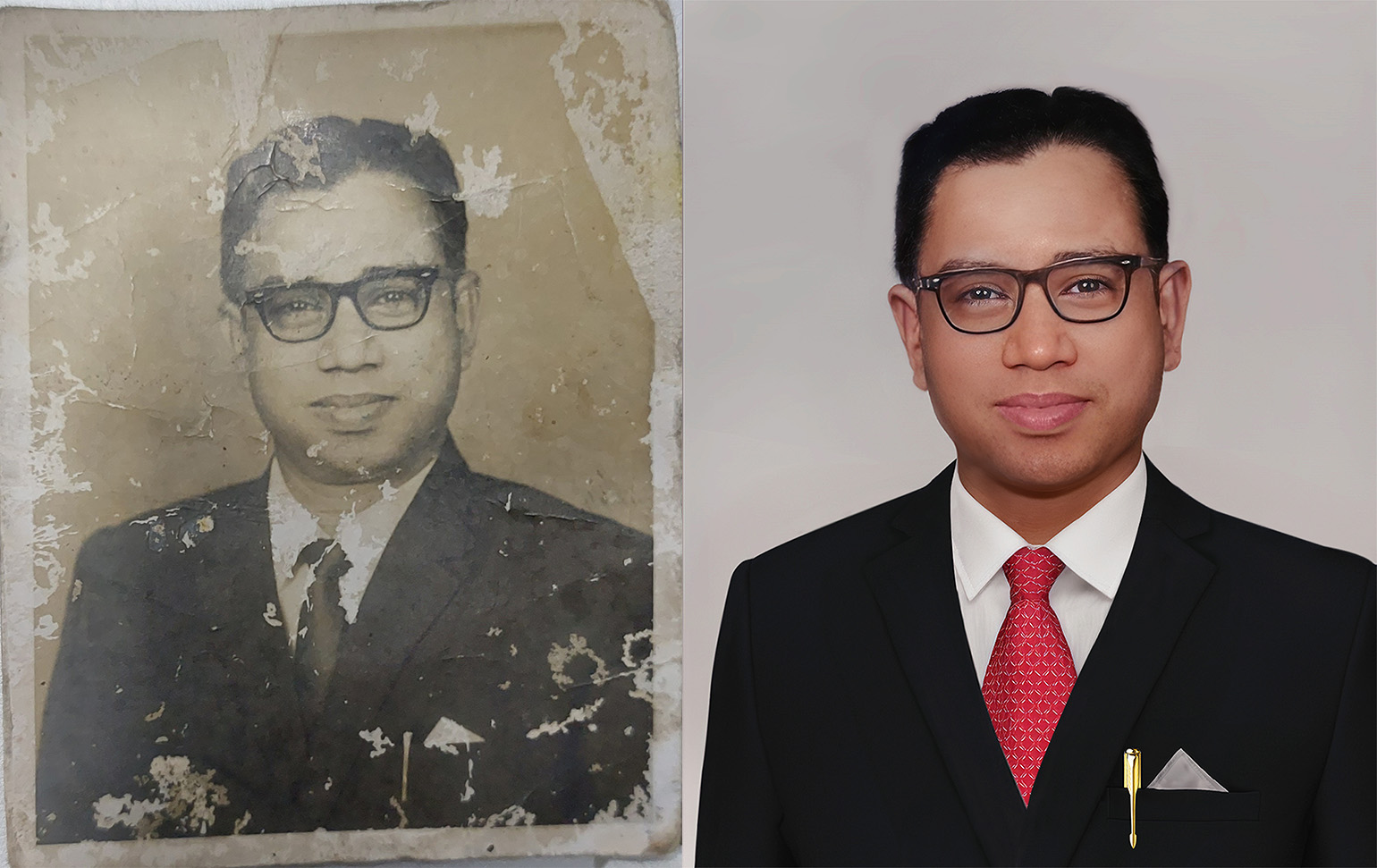Photographs are timeless treasures that capture moments, emotions, and memories, often serving as windows into the past. However, over time, these precious images can become damaged or faded. Thankfully, advances in technology, particularly in Photoshop and generative AI, have revolutionized the field of photo restoration and colorization. This article explores the detailed processes involved in bringing old photos back to life and adding vibrant colors to black-and-white images.
Photo Restoration with Photoshop
1. Assessing the Damage
The first step in photo restoration is assessing the extent of the damage. This involves identifying common issues such as tears, scratches, fading, stains, and discoloration. Understanding the specific problems helps in planning the restoration process effectively.
2. Scanning the Image
To begin restoration, a high-resolution scan of the damaged photo is necessary. This ensures that all details are captured, providing a solid foundation for digital restoration work.
3. Basic Corrections
In Photoshop, basic corrections include adjusting the levels, curves, and contrast to enhance the overall appearance of the image. The goal is to bring out hidden details and improve the tonal range.
4. Repairing Tears and Scratches
Using the Clone Stamp Tool and the Healing Brush Tool, tears and scratches can be meticulously repaired. The Clone Stamp Tool allows the user to sample a part of the image and paint over the damaged area, while the Healing Brush Tool blends the sampled pixels with the surrounding area for a seamless repair.
5. Fixing Fading and Discoloration
To address fading and discoloration, the Color Balance, Hue/Saturation, and Selective Color adjustments are employed. These tools help restore the original colors and balance the tones, ensuring a more natural look.
6. Reconstructing Missing Parts
In cases where parts of the photo are missing, the Content-Aware Fill feature in Photoshop can be used to reconstruct the missing areas. This tool intelligently fills in the gaps by analyzing the surrounding pixels, creating a coherent and natural-looking image.
Colorization with Photoshop
1. Preparing the Image
Before adding color to a black-and-white photo, it is essential to clean up the image. This includes removing dust, scratches, and other imperfections using the same restoration techniques mentioned earlier.
2. Adding Color
The process of colorization involves adding layers for different parts of the image. Each layer is set to a blend mode, usually “Color” or “Soft Light,” to ensure the colors blend naturally with the grayscale image.
3. Selecting and Applying Colors
Using the Brush Tool, colors are carefully painted onto the respective layers. It is crucial to use realistic colors, which can be achieved by referencing historical photos or relying on memory for personal images. Adjustments can be made to the Hue/Saturation of each layer to fine-tune the colors.
4. Refining Details
Once the initial colors are applied, further refinement is necessary. This involves adjusting the opacity, blending modes, and adding shadows and highlights to ensure depth and realism. The Smudge Tool and Blur Tool can be used to smooth out any harsh edges and blend colors seamlessly.
Enhancing Restoration and Colorization with Generative AI
Generative AI, particularly through advancements in machine learning, has significantly enhanced the processes of photo restoration and colorization. AI-powered tools can automate many aspects of these tasks, making the process faster and more accurate.
1. Automated Damage Detection
AI algorithms can automatically detect and highlight areas of damage in a photo, such as tears, scratches, and stains. This allows for a more efficient and precise restoration process, reducing the time and effort required for manual detection.
2. AI-Powered Colorization
Generative AI models trained on vast datasets of historical images can automatically apply realistic colors to black-and-white photos. These models analyze the content of the image and predict the appropriate colors for different elements, providing a solid foundation that can be further refined manually.
3. Intelligent Reconstruction
AI can assist in reconstructing missing parts of an image by predicting what the missing areas should look like based on the surrounding pixels. This capability significantly enhances the accuracy and realism of the restoration process.
Conclusion
The combination of Photoshop’s powerful tools and generative AI’s capabilities has transformed the field of photo restoration and colorization. These technologies allow us to breathe new life into old, damaged photographs and add vibrant colors to monochromatic memories. Whether preserving family heirlooms or restoring historical images, the detailed processes involved in photo restoration and colorization ensure that these visual treasures can be enjoyed for generations to come.
